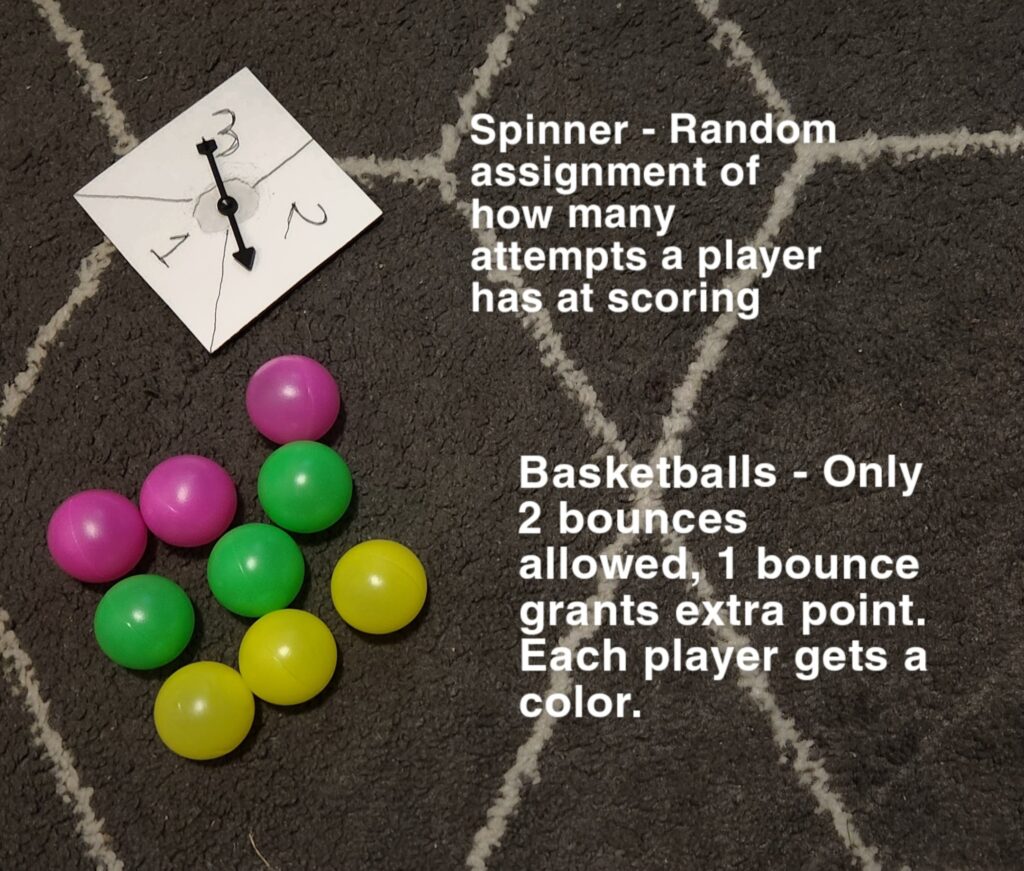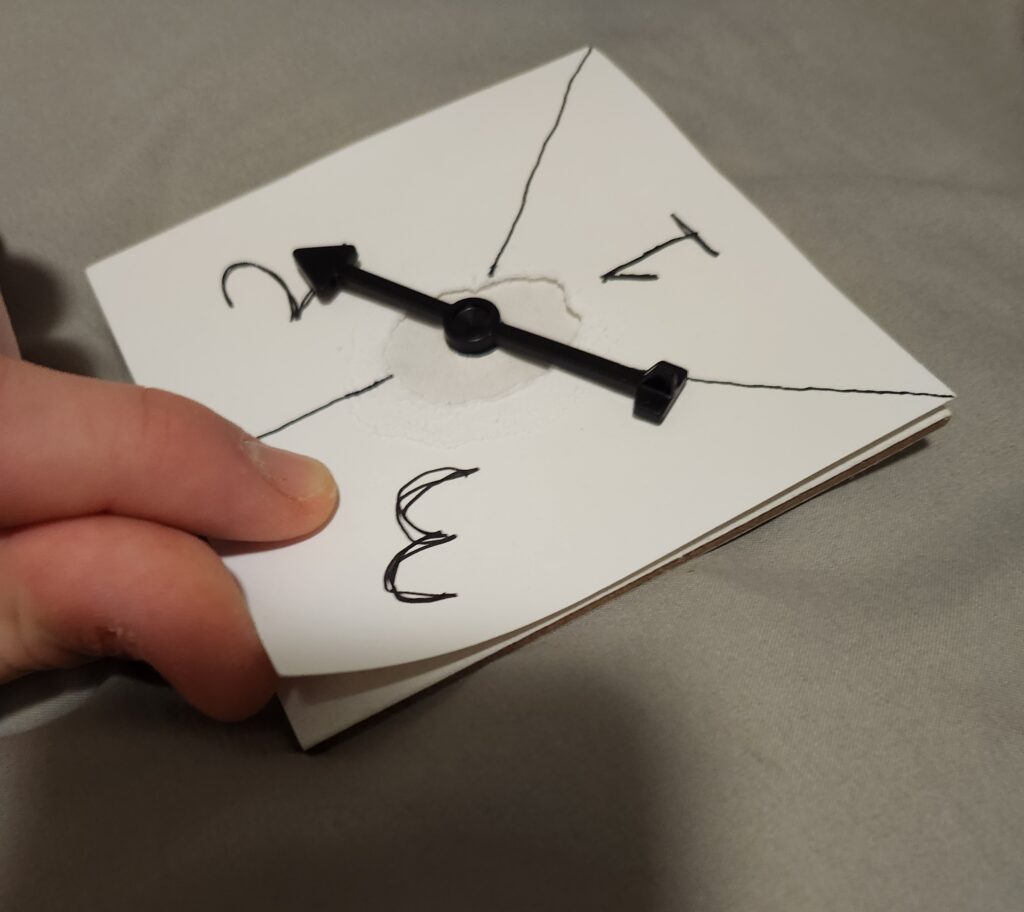slime war—-
the slimes are at war, and your a leader of one of the slime armies, pick up and place cards to build your army and start battles with the other waring armies. may the best slime win.
setup- 112 cads in total, max of 4 players
each player has a health pool, they start with 30 tokens in their pool. the remaining tokens can go back in the box.
each player gets a starting amount of 6 cards from the draw pile.
during your turn you can either place cards or attack( not both)
the last person with tokens left in their pool wins.
placing turn
during your turn you will be able to place cards Infront of you, you have 6 available spots to place these cards.
if you don’t like your hand you are allowed to swap a max of three of your cards, you will place each card in the discard pile and pick up one new card for each one you discard.
your cards are a mixture of different kinds of slimes : plant, fire, , poison, earth, water.
their are 3 tiers of slimes, the first tier costs nothing to place, the second tier requires 2 tier one cards of the same type to be sacrificed off the board to place, the third tier requires 2 second tier cards to be sacrificed off the board.
example of above description
when a card is sacrificed it goes into the discard pile ( optional advanced option for 2 players: when cards are sacrificed they are put into a graveyard pile and can not be used for the rest of the game.)
you can also only have one of each slime on the board, that means if you have a dragon slime on the board you cant put another one down.
attacking turn
each slime has an ability, that ability can either be attack, defense, or healing.
attack— each of these slimes will damage your opponent
when playing with more than 2 players you are able to choose who you attack during your attack turn
tier 1 (8) –2 point of damage
tier 2 (4) — 3 points of damage
tier 3 (2) — 5 points of damage
defense— each slime will defend agents damage being inflicted on you
tier 1 (4) — 1 point of damage
tier2 (2) — 2 points of damage
tier 3 (1) — 4 points of damage
some attacks and defenses will leave your opponent with an effect that lasts a few turns, the effect is described on the card that inflicts it.
tier 1 — docent have effects
tier 2 — effects last for the next 2 turns
tier 3 — effect lasts for the next 3 turns
healing— pretty self explanatory, gives you back some health points.
tier 1 (4) — 1 point of damage
tier 2 (2) — 2 points of damage
tier 3 (1) — 3 points of damage
health pool —
the health pool is full of 30 tokens at the beginning of the game. when ever you are attacked you take out the respective amount of tokens to damage taken, these are then put into the collective void.
during an attack turn you can only use your healing slimes if their are tokens in the void
the point of the health pool is have how much health your opponents have be a mystery( hopefully minimizing group targeting and allowing for a more suspenseful game with an unknown outcome.)
gooey grotto
you are an adventurer trying to get through this dungeon before the other adventurers can. each player has specific moves and abilities that can help them through the grotto, they roll dice to move through the grotto and can land on spaces that let them pick up cards to boost their abilities or give them extra abelites with a one time use. you can also set traps for other adventurers to stumble into and make them loose a turn. every turn you encounter a slime and have to roll your other die to see if you defeat that slime with your abilities, if you lose you can not roll to move and have to fight that slime every turn until you defeat it.
dungeon raid
you are a slime in the dungeons and have to defend your self from adventurers doing raids on your dungeon, this is also a cooperative game where all players work together to defeat the adventurers. each turn you pick up cards and use them to enhance your slime for battle. after each round an adventurer appears and you each take turns to deal damage to the adventurer. when the adventurer attacks you roll a dice to see if he hits or not and you all lose a point of health, with each of you being a slime you each only have 5 health points. you go until you defeat all the adventurers, their are only 7 adventurers each one harder than the last.
slime hop
slimes race to get to the end of the board by rolling dice and hopping that many spaces, some spaces have different events on them like teleporting, swapping places, going back spaces, or skipping a turn, or rolling again.
goo slime
its just go fish but with slimes, but you have to try and get a match of all 5 types of slimes.





